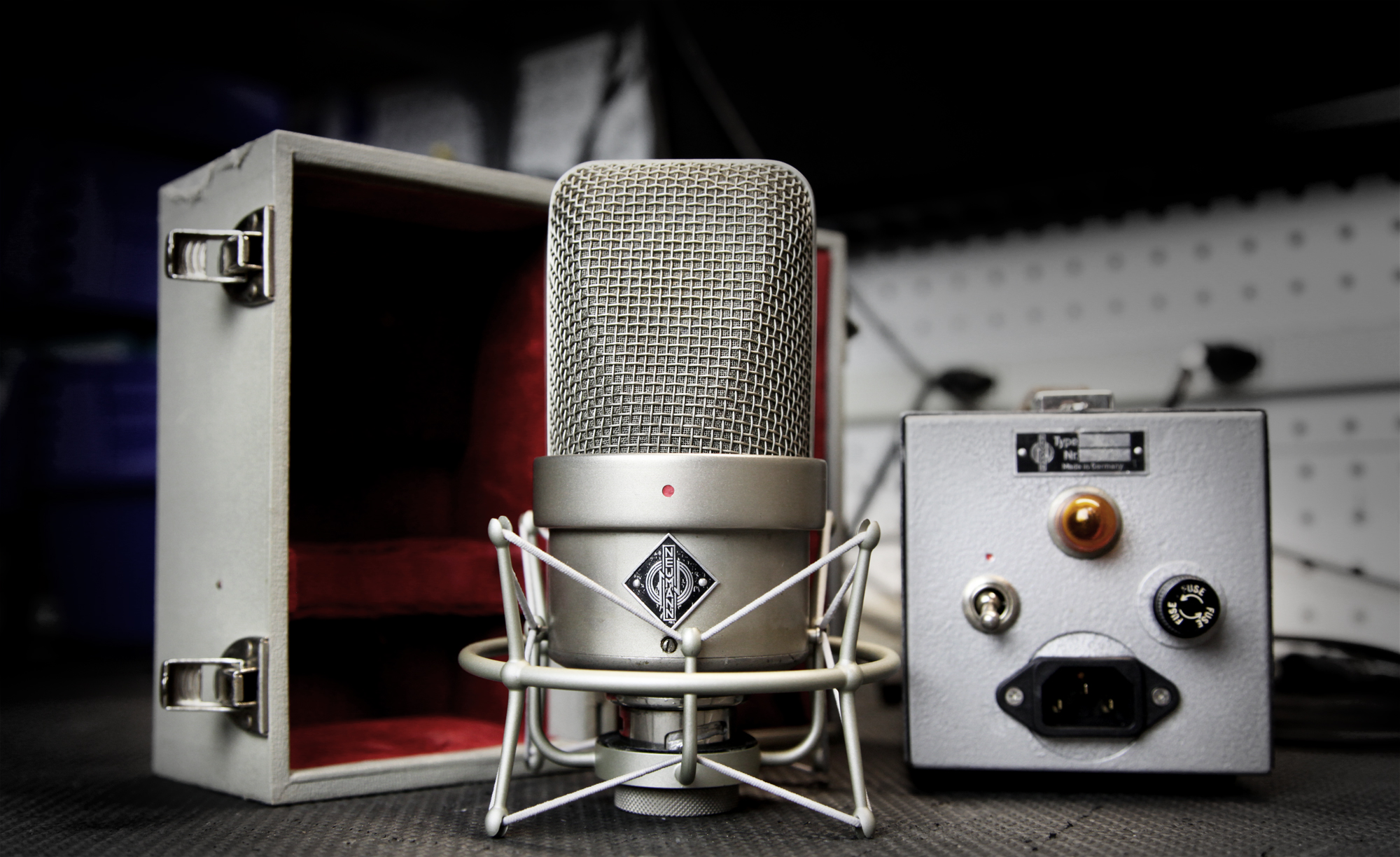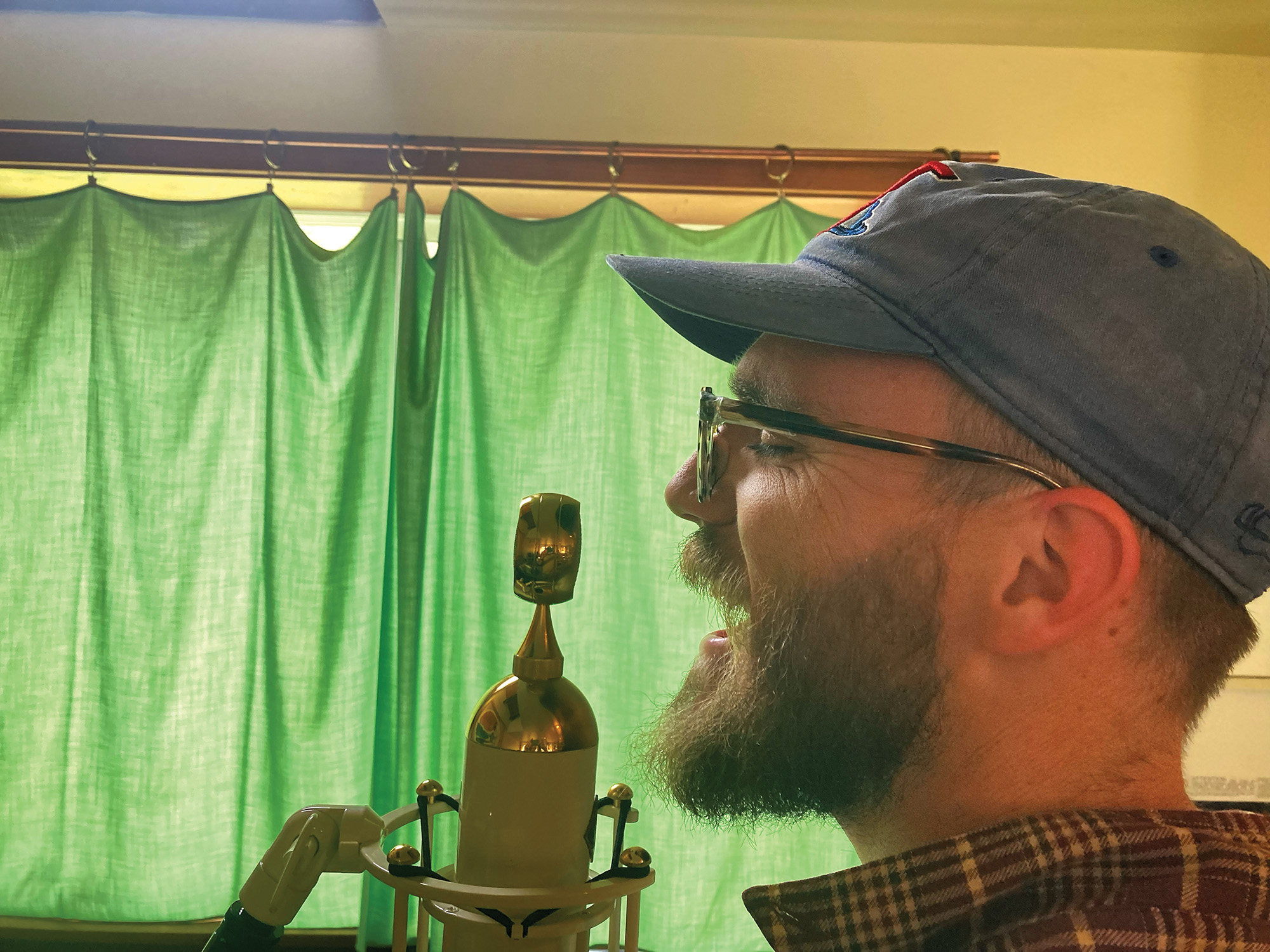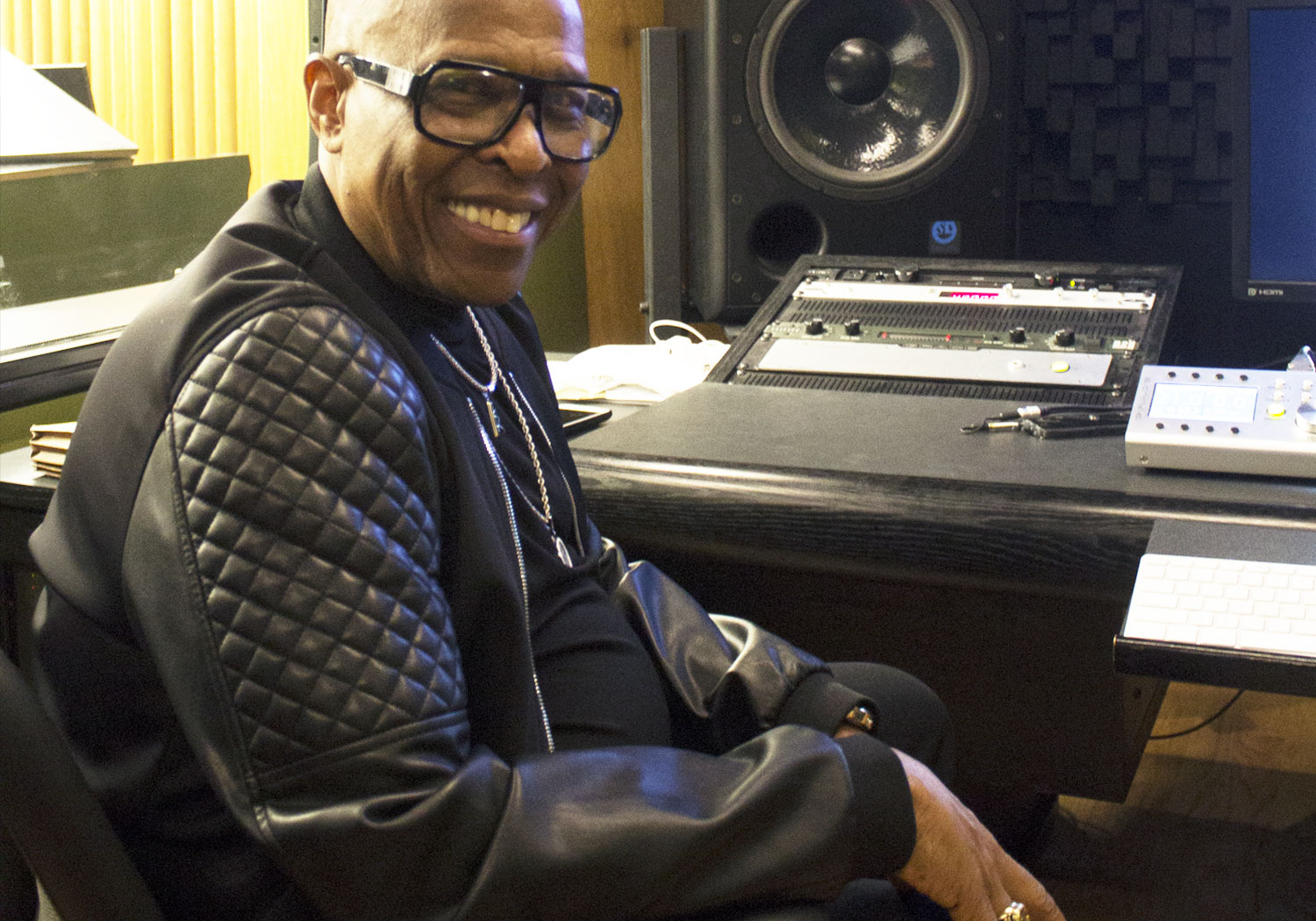LIMITING
Dynamics processing all started with the need to protect amplifiers from clipping. You can think of a limiter as a "soft" brick wall, keeping any signal from going beyond the THRESHOLD without annoying distortion. The "brick wall" aspect refers to the RATIO, which for limiters is generally high — 8:1 to 20:1 — the larger number being more extreme. Table-1 shows the Approximate Range of Gain Reduction — the earlier topologies are at the top. Attack and Release speed is also a consideration, faster being better. Aggressive settings can yield fantastic results when combined with a conservative Threshold.
COMPENSATION
With "speed" in mind, any dynamics processor that relies on a mechanical VU requires skill in using "The Force." VU meters are great for judging vocals, bass and electric guitar levels but terrible for judging transients. Consider the task of setting record levels when using a mechanical VU meter and/or the slightly more complicated process of recording to analog tape. Percussion instruments like tambourine, handclaps and snare have such a fast Attack that the recording levels must peak at a conservative "-5 dB," the actual level to tape could easily be 6 dB to 14 dB higher. For tambourine, pushing the electronics beyond the available headroom will add clunky, low frequency artifacts.
Needless to say, slamming the gain reduction meter does less for percussion than it does for guitars. To open up a drum sound, peak limit either a submix of the kit or the entire mix starting with the suggested Peak Limiting settings. For vintage and retro products with VU meters, a Gain Reduction indication of as little as a half-dB is all it takes to get 6 dB of Peak Limiting, which is really about all you need. This is much easier to see on an LED bar graph display.
COMPRESSION
Oversimplified, Think of Compression as "Extreme Limiting", using less aggressive RATIO, Attack and Release settings but with a more aggressive Threshold. A mix is more challenging than an individual track, reason enough to use a Compressor and a Limiter or use a Multi-Frequency Processor like the Finalizer. For Compression (from my own perspective), ratios of 2:1 to 8:1 are typical, although the area between 1:1 and 2:1 is worth exploring using the most sensitive Threshold settings.
TEMPTATION
The urge to smash a track within an inch of its life is hard to suppress, but it is better to conservatively process twice — to and from a recording device, for example — rather than aggressively squash once. This becomes more obvious with older technologies that simply sound better when comfortably used within their most effective operating range. For details regarding the basic technology inside all of the boxes, check out the GEEK STUFF sidebar.
TIP-1: Optimizing for Bass
Acoustical spaces and loudspeaker idiosyncrasies can create "local" sonic peaks and dips making note-to-note consistency of bass instruments hard to judge by ear, but easy to see with a VU meter, the inherent mechanical ballistics being perfect for this task. Without any Gain Reduction, first set the Meter Mode switch to read Input or Output and observe the level of each bass note. Assuming that some processing needs to be done switch the meter to Gain Reduction, then adjust Threshold to "level" the bumps — about 3 dB to 6 dB, using more compression if the "dips" are too deep. What could be easier?
For the LA-4, the equivalent "gentle" RATIO options are 2:1, 4:1 or 8:1. For aggressive bass — as is the case when the strings are popped or snapped — a peak limiter is appropriate. Use RATIO settings of 8:1, 12:1 or 20:1 dialing in just enough Threshold to barely move the meter, going no further than 3 dB of limiting. For all other processors, start with the Attack and Release controls "straight up," the halfway position, with gentle RATIO settings. Tweak as necessary.
TIP-2: Delicate Under-Things
Start the LA-4 at its maximum RATIO of 20:1. For all other Compressor-Limiters equipped with LED metering, adjust Attack and Release to their FASTEST settings and Maximum RATIO. Adjust Threshold until the meter deflection just begins to indicate Gain reduction, then back off a hair. Be sure to listen. Set Threshold for no more than 3 dB of Gain Reduction. If you feel the need to use more aggressive amount of Gain Reduction with less artifacts, slow the attack and reduce the Ratio controls until the desired result is achieved. For example, the more aggressive of these settings would extract more "ambience" from a drum kit (peak limiting a stereo sub mix). Use the less aggressive approach if peak limiting a stereo mix. Consider daisy-chaining a compressor and a limiter, tweak the controls then try reversing their order.
(Translation Detour)
When integrating vintage analog with digital gear, translating a VU meter reading to Digital Bar graph (peak) meters starts with a test tone. Assuming the operating levels are correct — "Plus-Four" is the professional level, "Minus Ten for consumer gear — "0- VU" should fall between -20 dBfs and -12 dBfs in the digital world. (For digital, the 0 dB maximum is referred to as "Full Scale," "FS" or "fs.") Using both meters together is the best solution — VU to indicate the "average" signal level or Loudness, the Digital Display to indicate Peaks/transients.
(Geek Stuff)
All of the dynamic processing topologies can be considered three-terminal black boxes with Input, Output and Control connections. In most cases — UREI 1176, dbx 160 series — audio (AC) is converted to DC, then "shaped" via Resistor-Capacitor (RC) networks to create a Control Voltage (CV) that can be dynamically manipulated by Attack and Release pots (variable resistors). The exception are the classic Optical Limiters — the LA-2a, the LA-3a and to a lesser extent the LA-4.
The Optical Transmitter in the LA-2 and LA-3 is an Electro-Luminescent panel directly driven by audio — the former from a tube and the latter from a transformer- coupled transistor-pair, most respectively. In this case, LIGHT is the Control Signal so there is no need necessary for a DC CV. In the LA-4, there is a detector (to convert AC to DC) followed by an op amp (to manipulate Ratio and Threshold) feeding a transistor to drive the LED. (The Electro-Luminescent panel was originally designed to back light aircraft displays and is now used for night-lights.)
While the OT responds almost instantaneously to the audio signals it is the Optical Receiver/Gain Reduction Device (GRD) — a photo-resistor — which determines the response time. The LA-4 (IC op amp) falls somewhere in between its predecessors and the modern Optical processor. By using an LED for the OT, a slightly more complicated Detector Circuit is required (but not timing circuitry), the bonus being the Ratio Control. The speed of its photo-resistor is like its predecessors — medium- fast attack and slow release.
Modern Optical processors like the Pendulum Audio OCL-2 and JOEMEEK use a very fast GRD, requiring that the designer include both Attack and Release controls and that the user better understand how to adjust them.
The simple act of charging and discharging a capacitor is a "Time" issue that has a great effect on the overall dynamic envelope. The Empirical Labs Distressor and the RNC (Really Nice Compressor) are two products that take a unique approach to minimizing and/or eliminating the effects of capacitor aging on the timing circuits. The RNC does this by digitizing the sidechain signal so that the timing is virtual via DSP processing. (The RNC's analog path is an input op amp, a VCA and an output op amp.) Other sonic contributors include Input and Output Transformers interfaced with Class-A amplifiers (Neve) versus Class-AB (API). The Crane Song Trakker emulates many of the classic "sounds" including those Compressor-Limiters whose CV leaks through to the audio signal. And you thought it was magic!




